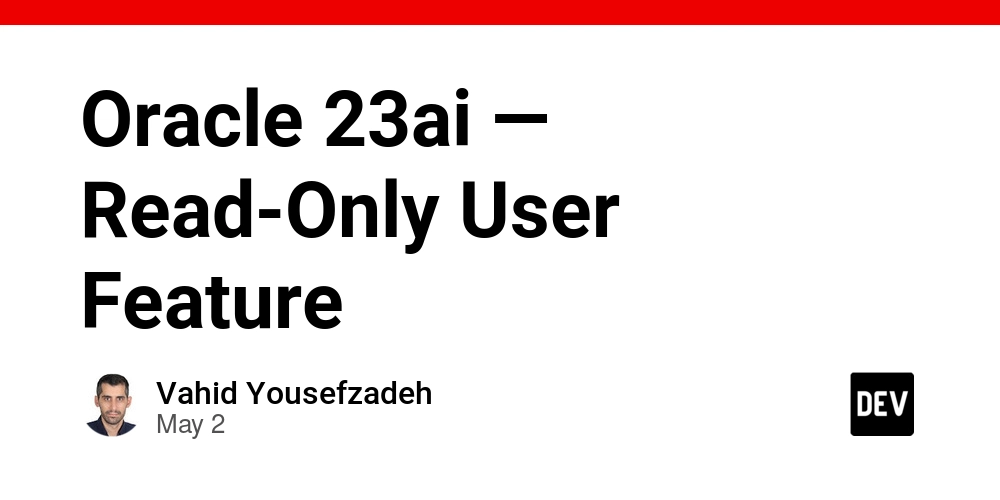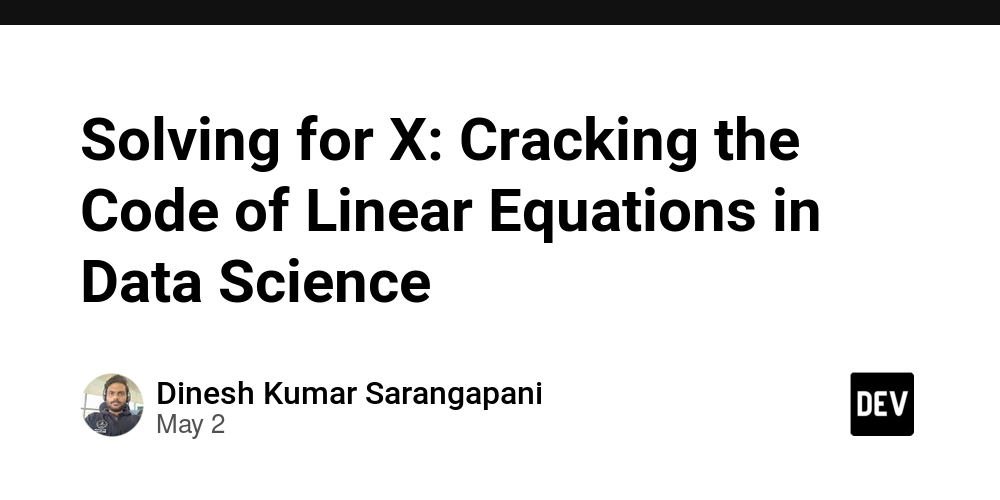What to know before taking out a loan in Canada
Need a loan in Canada? Learn about different loan types, lender options, interest rates, and how to choose the best one for your financial situation. Get expert advice from a credit counsellor to avoid costly mistakes. The post What to know before taking out a loan in Canada appeared first on MoneySense.

Whether you’re buying a home, financing a car or dealing with an emergency, loans are a common way for Canadians to pay for major expenses and manage debt. But with so many borrowing options available, it can be hard to know which is right for you.
In this article, we’ll look at different loan types, lender options and interest rates, and explore how to choose the best one for your financial situation. By the end of this article, you’ll understand how to compare loans, avoid hidden costs and borrow responsibly.
LoanFinder is moments away from showing your personalized loan matches
In under 60 seconds, get matched with a personalized list of loan providers based on your needs and approval likelihood. No SIN required.
Types of loans available in Canada
When it comes to borrowing in Canada, there are several types of loans, each with benefits and risks. “Applying for a loan can be a stressful and overwhelming experience for many Canadians. Understanding the pros and cons of each loan type can help you make more informed and confident decisions,” says Mike Bergeron, counsellor manager at Credit Canada.
Secured vs. unsecured loans
Secured loans are backed by collateral, such as a home or car. Because the lender has that security in case you can’t repay the loan, they usually offer lower interest rates. However, the approval process takes a bit of time (up to a month) since the lender checks the value of the asset as well as your credit. The risk is that if you default on the loan, the lender can take the asset. Common examples include mortgages, home equity lines of credit (HELOCs), car loans and even security loans (secured by an investment).
Unsecured loans, like personal loans, don’t require collateral and are quick to approve since the lender only looks at your creditworthiness. However, since the lender takes on more risk, the interest rates are usually higher. While you won’t lose any property if you fail to repay, you’ll need good credit to qualify for these loans. If you have a poor credit score or history, you may still qualify for a loan, but you’ll likely pay a higher interest rate and have less favourable terms than if you had a better credit score or history.
What is a personal loan?
A personal loan is an unsecured loan where you borrow a lump sum from a financial institution and repay it over time, typically within one to five years. Loan amounts can range from a few hundred to tens of thousands of dollars, depending on how much you need and qualify for. These loans are often used for large expenses you can’t cover upfront, like home repairs, furniture, education and medical bills.
Personal loans can have fixed or variable interest rates, so look at the terms to know for sure. With fixed interest rates, the more common option, your payments remain the same throughout the loan term, while variable rates can change based on market conditions—meaning that your payments could decrease or increase over time.
What is a line of credit?
A line of credit lets you borrow up to a set amount as needed. You only pay interest on the amount you borrow, and once you repay it, you can borrow again. This flexibility makes lines of credit ideal for ongoing expenses or emergencies. You can apply for a secured line of credit, such as a HELOC, or an unsecured line of credit. However, the interest rates on unsecured lines of credit are usually higher than secured loans, so it’s important to be careful with how much you borrow to avoid building up debt you can’t repay.
How car loans and mortgages work
Car loans and mortgages are secured loans tied to the asset you’re purchasing. Car loans usually have a term of one to seven years, and the car acts as the collateral. Mortgages often last 25 years or more, but with shorter terms where you can change providers and get the best mortgage rate available to you. Both these loans typically have lower interest rates than unsecured loans, but they carry the risk of losing the car or house if you default on your payments.
What is alternative financing?
Alternative financing options, like payday loans or peer-to-peer lending, may seem like quick fixes, but they come with risks. Payday loans have very high interest rates (some are 365% on an annual basis) and fees (about $100), which can trap you in a cycle of debt.
Peer-to-peer lending can offer competitive rates but may have stricter requirements. Be sure to carefully review the terms so you understand what you’re agreeing to before using these options.
Where you can get a loan in Canada
There are a few different types of lenders to choose from, each with its own pros and cons. Some offer better rates, while others are quicker to approve or more flexible with credit. Here’s a look at your options:
Type of lender Examples of providers Approx interest rates Pros Cons Big banks BMO, CIBC, National Bank, RBC, Scotiabank, TD 6% to 23% Reputable, lower rates for good credit, predictable terms Strict eligibility, long approval process Credit Unions Meridian and others (options vary by province) 5% to 18% Lower rates, flexible criteria Membership required for an additional fee, limited availability Fintech lenders Mogo, goPeer and others 8% to 20% Faster approval, online convenience, alternative credit checks Higher rates, limited flexibility Subprime lenders Alpine Credit, EasyFinancial, Fairstone, Spring Financial 20% to 35% Faster approval, accessible for lower credit score borrowers Higher interest, risk of debt cycles
Common loan pitfalls, and how to borrow responsibly
When taking out a loan, it’s easy to fall into traps that can lead to more debt. One of the most common pitfalls is borrowing more than you need. Having extra cash immediately available can make it tempting to splurge on impulse buys or unnecessary expenses.
Keep in mind that a higher loan amount also means you’ll be paying additional interest, making the loan more expensive over time. Calculate the amount you need and avoid borrowing beyond that. It’s important to make sure the repayment terms fit your budget—choosing a loan with payments you can’t afford will put unnecessary strain on your finances.
Another issue is not paying attention to the fine print. Hidden fees and high interest rates can quickly add up, increasing the total cost of the loan. So, make sure to read the terms of the agreement carefully.
If you’re thinking about a high-interest loan from a subprime lender, consider getting expert advice first.
“While subprime lenders provide access to credit, their high interest rates can quickly lead to a cycle of debt,” says Bergeron. “If you’re considering one, consider all other options first by speaking to one of our certified credit counsellors.”
Being responsible about borrowing means making informed choices and only taking on debt that’s manageable, not overwhelming.
How to compare loan options
When comparing loans, interest rates are important—lower rates mean lower overall costs. Your credit score affects the rate you get, but alternative lenders like credit unions and fintechs may offer accessible options if your score isn’t perfect.
If you have a strong credit score and history, a Big Six bank will likely offer the best loan rates for you. “However, approvals can take time, and requirements can be strict,” says Bergeron.
Loan terms also matter. Short-term loans have higher payments but cost less in interest, while longer loans are easier to manage but can be more expensive overall. Remember to check for hidden fees or penalties in the agreement, as these can make the loan more expensive than expected. It’s also important to consider the funding speed. Some lenders can approve loans quickly, while others may take days, so consider how urgently you need the money.
Loan comparison tool
| Lender | Loan term | APR | Loan amount | Minimum credit score |
|---|---|---|---|---|
| Fora Credit* Not available in QC, PEI, MB, NL, NWT, NU and YT. | n/a | 19.90% to 34.90% | $1,000 to $15,000 | N/A |
| Spring Financial* | 6 months to 5 years | 9.99% to 35.00% | $500 to $35,000 | N/A |
| Scotiabank | 1 to 5 years | 6% to 10% | $5,000 to $75,000 | Undisclosed |
| BMO | 1 to 5 years | 8.99% to 22.99% | $2,000 to $35,000 | Undisclosed |
| TD Bank | 1 to 7 years | 8.99% to 23.99% | $5,000 to $50,000 | 650 |
| CIBC | 1 to 5 years | 9% to 10% | $3,000 to $200,00 | Undisclosed |
| RBC | 1 to 5 years | 9% to 13% | No minimum or maximum listed | Undisclosed |
| Mogo | 6 months to 5 years | 9.90% to 35.00% | $500 to $35,000 | N/A |
| Fig Financial* | 2 years to 5 years | 8.99% to 29.49% | $2,000 to $30,000 | 680 |
| MDG Financial | 3 years | 29.78% to 35.00% | $1,600 maximum | 560 |
| Easyfinancial | 9 months to 10 years | 9.90% to 35.00% | $500 to $20,000 | N/A |
| Nyble* | Up to 31 days | 0% | $50 to $250 | N/A |
How to choose the best loan for your situation
Whether you’re considering a personal loan or mortgage, or you make use of a credit card, taking the time to understand your options and make an informed decision can help you avoid unnecessary debt. Here’s what to keep in mind based on your credit situation:
- If you have good credit: Stick with banks or credit unions. They offer the best rates and reliable service, helping you save money with low-interest loans.
- If you have fair credit: Fintech lenders (online lenders) might offer some good options, but watch out for higher fees. Always compare rates and terms before committing.
- If you have poor credit: Be cautious of subprime loans, as they often come with high rates and fees. Consider speaking with family or friends for support, or reach out to a non-profit credit counselling service for the best alternatives.
- Alternatives to traditional loans: Look into credit-building loans to improve your credit score. If you need quick help, borrowing from family or friends might be an option. Also, explore government grants or assistance programs that could provide funding without needing to be repaid.
- When to seek professional advice: If you’re feeling uncertain about your options or managing debt, consulting a financial advisor or credit counsellor can help you make a plan and avoid potential pitfalls.
Credit Canada is here to help
Taking out a loan is a big decision, and it’s important to make sure you’re choosing the right option for your financial situation. Always compare interest rates, consider all fees, and make sure the loan terms fit your budget. Before borrowing, take time to explore all your options to make sure you’re making a responsible choice.
“The best loan for you isn’t just about the lowest rate. It’s about affordability, fees and whether it aligns with your financial goals,” says Bergeron.
As certified Credit Counsellors with Credit Canada, we can help you understand your credit and offer personalized advice on how to manage debt, so you can build a more secure financial future. Contact us today for free, non-judgmental advice tailored to your financial situation.
Read more about loans:
- Personal loan versus line of credit: Which should you choose?
- Canada has new rules for high-interest loans—here they are
- Car loan interest rates: What’s the best Canadians can get?
- Secured loans vs. unsecured personal loans: Which should Canadians get?
- How to buy a car in Canada and get the best loan rate
This article was created by a MoneySense content partner.
This is an unpaid article that contains useful and relevant information. It was written by a content partner based on its expertise and edited by MoneySense.
The post What to know before taking out a loan in Canada appeared first on MoneySense.













































































